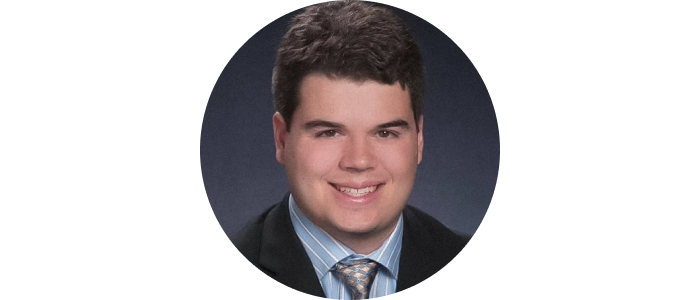
Doctor Jeff Hawn is a researcher at the London School of Economics and Political Science Department of International History. His work focuses on the failed democratic transitions of the 1990s. Prior to joining LSE Jeff lived and worked in Washington DC where he worked in geopolitical risk and counter-extremism.
Grassroots political involvement in contemporary Russia is a strange affair. On the one hand genuine protest and advocacy is repressed by a combination of bureaucratic statism and brazen corruption. On the other hand the Russian state actively tries to goad the population into mobilisation for a variety of political objectives.
Among these are elections, where voters receive a combination of scare tactics and sweeteners in order to show higher election turnouts. The reasoning of course is that elections or referendums are meant to give a stamp of legitimacy to the autocratic regime.
This is not a new tactic but rather the tired stratagems of the Soviet government which historically sought to legitimize authoritarian policy through elections. Of course, the votes, and even the elected bodies of the USSR were meant to merely rubber stamp the decision already made by the leadership.
Even though Russia was shrouded in autocracy for most of its history, there have been brief instances genuine grassroots political mobilisation having a substantial impact on the nation’s course. These instances were often met with political manipulation or repression aimed to smother and control grassroots organizations turning into Kremlin’s puppets.
Obviously, the 1917 revolutions were such a period, although grassroots political organising often manifested in mass violence. One can also recall the 1905 uprisings or the Pugachev rebellion or anti-draft resistance in WWI-era Central Asia.
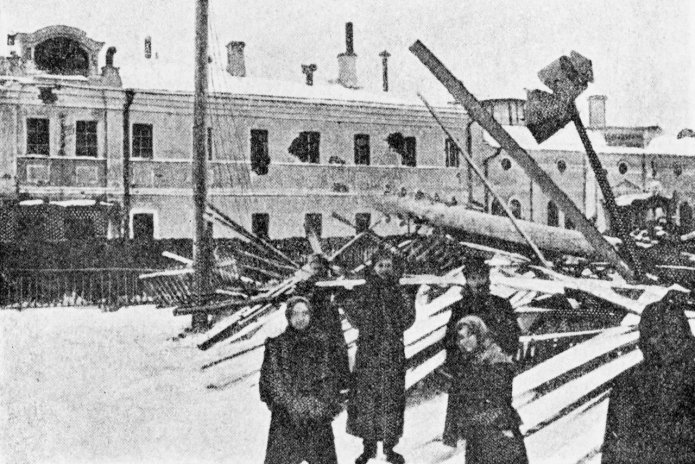
A more salient, as well as deeply understudied, period is 1990-93. During this tumultuous three year period protest, discussion, political organising, activism and election campaigning exploded with an unprecedented energy onto the social landscape.
The driving factor behind this was the pent up forces of Perestroika and Glasnost that Gorbachev unleashed in his failed bid to save the USSR from ruin. However the energy of his efforts would wash away the USSR in its entirety and Gorbachev’s rival Boris Yeltsin would ride the wave of popular grievance to power.
Yeltsin would then systematically dismantle or ignore the grassroots organisation which had lifted him into power. Yeltsin’s handpicked successor Vladmir Putin also embraced this mindset, with the added tactic of creating strawmen or astroturf mobilisations while more aggressively repressing genuine mobilisation.
Perestroika and Glasnost
The Soviet elite recognised as early as the late 1970s that something drastic had to be done to arrest the degradation of the USSR. Yuri Andropov the former head of the KGB who succeeded the aliling and sickly Brezhnev saw the solution as a reinvigoration of discipline from the top down and active efforts to fight corruption.
Andropov was old and sickly by the time he came to power and died in 1984 less than two years after assuming the helm of state. It was his protege Gorbachev who assumed the mantle of reform. Unlike his mentor, Gorbachev saw the solution to the USSR’s problems coming from the bottom up rather than the top down.
Glasnost was meant to be a policy of open discussion on the problems that assailed the state. Perestroika would be a restructuring of the state and society to unleash the forces of the Soviet grassroots — in particular the Soviet intelligentsia who Gorbachev saw himself as a part of.
The problem, which is recognised by a cavalcade of historians, is that the concept of a Soviet identity was very shallow. For many, although certainly not all, people living in the USSR at the time the identification of oneself was with their ethnicity first and foremost.
This identification was also mandated by the state as all citizens passports were affixed with their ethnic identification. As only one ethnic identifier was allowed, those of mixed heritage were often encouraged by their parents to choose whichever ethnic identifier would gain them the greatest advantage. Gorbachev’s own identity papers denoted him as a Russian, despite a mixed Russian-Ukrainian heritage.
The ethnic fault lines in the USSR became apparent in 1986 when protest broke out in Kazakhstan over the dismissal of the local party boss Dinmukhamed Kunaev and his replacement with an ethnic Russian. The protests were violently suppressed but Gorbachev had already released the genie from the bottle and nationalist movements began to organise everywhere.
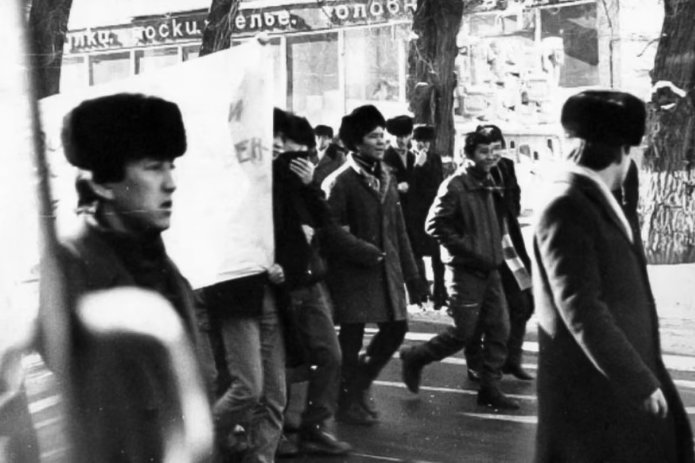
In Russia it was no different. The Soviet central government proved a ready-made target for the animosity, which began to harness itself into protest on everything from poor living standards to the rights of the disabled.
American journalist David Remnick recounted the strange pantomime of protestors showing up for demonstrations, then being arrested and released only to show up the next week. Civic activism began to grow as Gorbachev had hoped, but it also began to turn on him.
Elections
In 1989 Gorbachev held what he hoped to become the central moment of his reforms. The elections of the Congress of People’s Deputies of the USSR. The elections, held on the 26 of March 1989, saw 2,250 people’s deputies elected from across the USSR for what was meant to be a new all-Union parliament. The elections were immediately discredited, as seats were reserved for special interest groups such as the academy of science, the Communist Party or the military.
Special measures such as vote rigging were used to ensure that those loyal to Gorbachev gained a majority. Crucially Gorbachev himself never stood as a candidate taking one of the Party’s reserved seats and then manipulating his elevation to the Chairmanship of the Congress. A year later Gorbachev, frustrated by a lack of progress, would conspire to have himself elevated to the Presidency of the USSR.
Herein lay Gorbachev’s second crucial fault as a democrat. While he said he saw reform coming from the bottom, he manipulated things to make sure he still won and decided policy at an elite level with little genuine consultation. This helped to mobilise the grassroots against Gorbachev, even as people broadly supported what he was trying to achieve.
Parliamentary elections in the Russian Soviet Federative Socialist Republic were scheduled for March of 1990. Frustrated by the elite machinations — real and perceived — society across the USSR began to organise. In Russia it was no different. The loose network of activists began to coalesce into an extremely broad social movement.
The movement was inspired in large part by the Russian civil society hero Andrei Sakharov, who tragically died in 1989, with the objective of legalising multi-party democracy and creating a new Russian state within the USSR buttressed by traditionally humanistic ideas of universal human rights, and social democracy. As many as 150,000 people gathered in Moscow’s central Manezhnaya Square on February 4 1990 to support a peaceful democratic transformation.
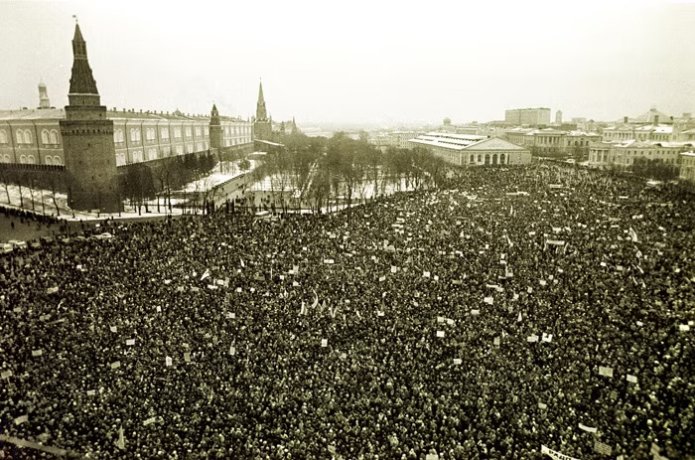
From the outset the movement, which named itself Democratic Russia, was beset with internal fissures. Its leadership was split between experienced politicians like Boris Yeltsin and idealistic intellectuals like Gavriil Popov.
It was successful in mobilising crowds in their hundreds of thousands in Moscow and St Petersburg, but support for the movement in the regions and the attention paid to the regions by the movement as a whole was much less, largely because the Democratic Russia leadership saw the centre of power of Moscow and the cultural heart of St Petersburg as being the places where their grand ideas could be implemented, with the assumption that the provinces would follow.
Russian liberals of the 1990s, whether classically liberal, social democratic or some other strain suffered from the same affliction Russian liberals continue to suffer since 1825 — a deep snobbery and disregard for the
Democratic Russia had elements of this same affliction, but in some ways achieved what Gorbachev had set out to do — it awakened the Russian people, while also mirroring Gorbachev’s elitist outlook. The greatest manifestation of the grassroots of Democratic Russia was the March 4 elections. Despite being less numerous in the regions, Democratic Russia was a broad coalition that promised reform and galvanised the imagination of people across Russia.
Thousands of candidates were nominated for the March elections without Party input. Local civic organisations were needed to nominate candidates, and this they did. For example Ruslan Khasbulatov who would go on to become parliamentary chairman was nominated by a student union from Grozny, despite the protest of the local party who put their own candidate forward. Khasbulatov later beat the local parties preferred candidate by a wide margin.
In the actual elections, an average of 6.3 candidates competed for each of the 1068 seat. Only 33 districts had a single candidate; over 300 had more than four, and 24 saw races between 20 or more candidates. While the nominal political affiliation of 86% those running was Communist less than half were actual stalwarts of the Party.
Indeed membership of the CPSU had been a requirement for promotion, thus it held most civically active would-be-MPs, including Boris Yeltsin, were Party men. Democratic Russia candidates captured 40% of the seats in the new Parliament.
However, this early success was not sustainable. Democratic Russia was never more than an alliance of alliances. As noted by Gier Flikkee:
Democratic Russia Dies
Democratic Russia was never a political party, but a broad movement and once in power that movement began to fracture. It did hold together throughout 1990-1991 its MPs helping to pass the Russian declaration of Sovereignty, establish the Constitutional Commission, and the Russian Presidency.
Democratic Russia used its fledgling campaign infrastructure to support Boris Yeltsin in his Presidential campaign, and Yeltsin, a canny operator with a clever staff, played to the grassroots, going out to the regions and talking to the people of their problems and promising solutions. Yeltsin was elected President in June 1991 with 45 million votes.
In August the State Committee on the State of Emergency launched their putsch to try to prevent the USSR dissolution. It failed in part because Yeltsin rallied the people to turn out and defend democracy and the rule of law in Moscow. Similar demonstrations were held in St Petersburg and after three days the troops were moving back to barracks.
Sir Rodric Braithwaite, last Ambassador to the USSR and first to Russia from the Court of St James wrote
Yeltsin had seen the success of the mobilised grassroots, and that perhaps is why he helped accelerate Democratic Russia collapse. The movement was already splintering into factions and using emergency power given to him in November Yeltsin began elevating key figures in factions more loyal to him to government roles.
Gavriil Popov, the mayor of Moscow, was among those forced aside for the reliable functionary Yury Luzhkov who would rule the city till 2010. By 1992 the split between those who wanted Democratic Russia to be a Presidential Party and those who wanted it to be a social movement was pronounced. Elite infighting and the collapsing economic situation caused the people who had previously been willing to come out on the streets during the August Coup to turn away from politics. Turnout in elections began to decline.
In March 1990 76% of eligible voters had come out. In April 1993 when Yeltsin held his referendum on the government it had dropped to 64%. Subsequently, when Yeltsin issued his illegal order to dissolve parliament, 8,000-10,000 people, mostly harden anti-Yeltsinites, turned out to the parliaments’ defense.
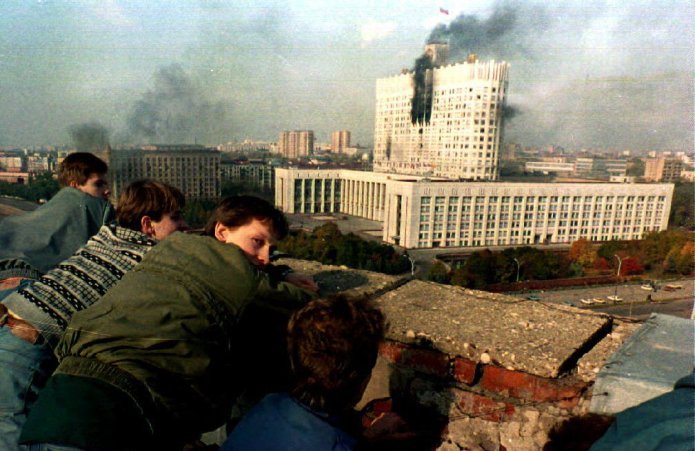
Similar numbers turned out for Yeltsin during the crisis, but most Muscovites went on with their lives trying to survive, and watched silently as tank shells fell on parliament.
In the subsequent 1993 election turnout was 54% with 12 million people voting for ultra-nationalist Vladimir Zhirinovsky. Was this an illustration of the deep xenophobia and resentment of Russians, possibly but if one looks at the voting share it seems equally plausible that the nationalist votes were a form of protest against elites, a last gasp of a disgruntled grassroots.
Zhirinovsky vote share fell by half in each subsequent election until bottoming out at the 5-11% the party enjoys today.
Russia in the 1990s witnessed a civic awakening and an active and engaged population that the so-called reformers like Yeltsin used to climb to power, then dismantle after them. There were many factors that contributed to Democratic Russia collapse. Most originated with the organization’s self anointed leadership and not the genuine grassroots support which had hoped to be led into a democratic future. Since 1993 the window for civic activism has only grown more limited, helped in part by the constitution and patronage system Yeltsin put in place to secure his power, and has been used so effectively by his successor Vladimir Putin to consolidate his own authority.


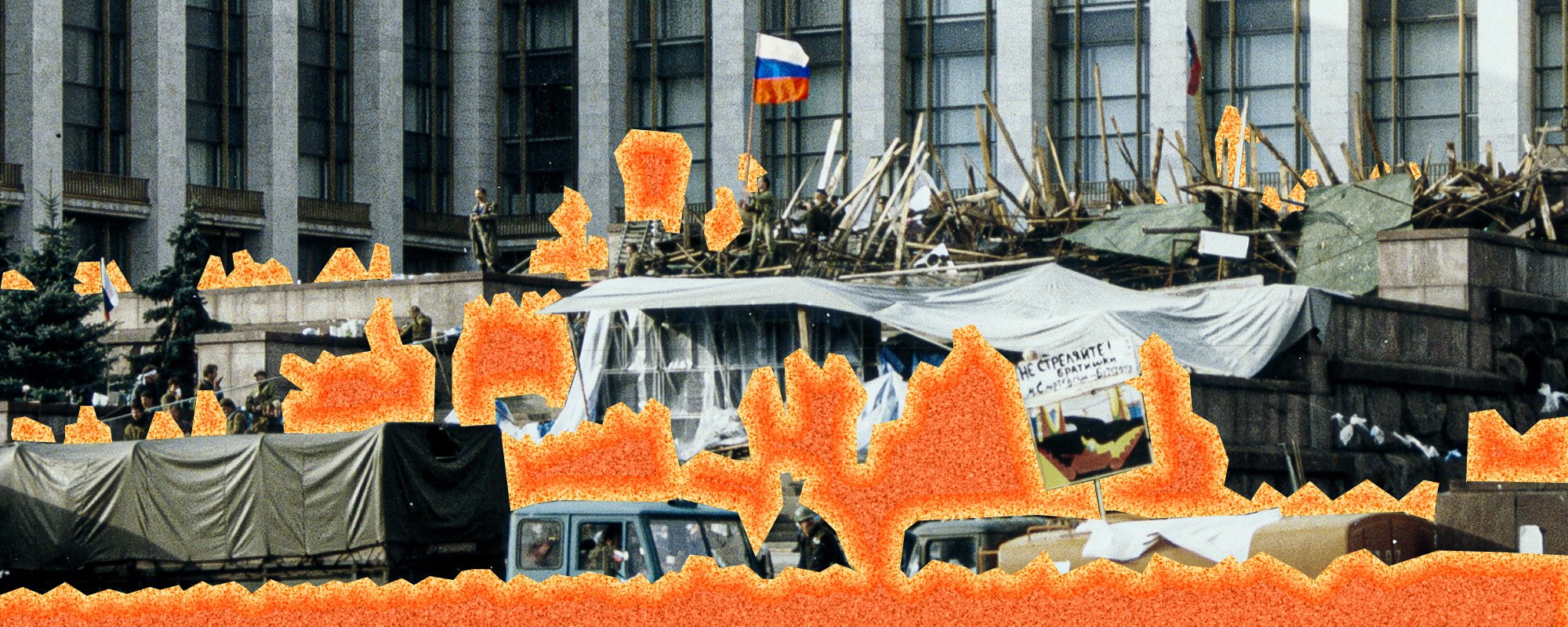
 Download PDF version
Download PDF version